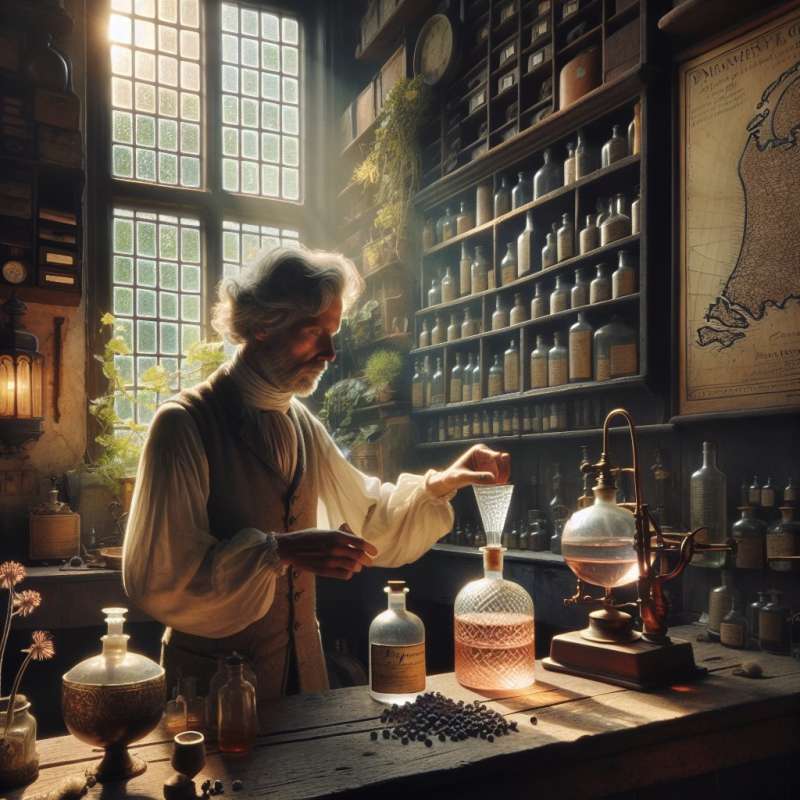
Gin's Historical Roots
Gin originated in the 17th century, evolving from a Dutch liquor named 'jenever.' Initially used for medicinal purposes, its popularity soared in England after the William of Orange's Glorious Revolution.
Botanicals Define Flavor
Gin's distinctive taste comes from juniper berries. However, it's the variety of botanicals like coriander, citrus peels, and cinnamon that gives each gin its unique flavor profile.
The Distillation Process
Gin is typically made using column or pot distillation. Pot stills produce heavier, more flavorful gins, while column stills yield lighter, purer spirits, suitable for more delicate botanicals.
The London Dry Method
London Dry doesn't imply geography but rather a distillation process. It requires all flavors to be achieved through distillation, with no artificial flavors or colors post-distillation.
Navy Strength Gin
A higher proof gin, 'Navy Strength,' at 57% alcohol by volume, was born from the British Royal Navy's need to ensure that spilled gin wouldn't ruin the gunpowder's ability to ignite.
Gin's Surprising Byproduct
During distillation, a portion known as 'heads' and 'tails' is often discarded due to impurities. These parts are sometimes repurposed into cleaning products or other industrial alcohols.
Craft Gin's Rise
The craft movement has revolutionized gin, with distilleries experimenting with local botanicals and innovative production methods, resulting in an explosion of unique, small-batch gins.Gin as Medicine
In the 18th century, gin was used to treat malaria by mixing it with tonic water containing quinine, giving birth to the classic Gin and Tonic.
What evolved into gin originally?
Dutch liquor 'jenever'
British beverage 'ale'
French wine 'brandy'
Company